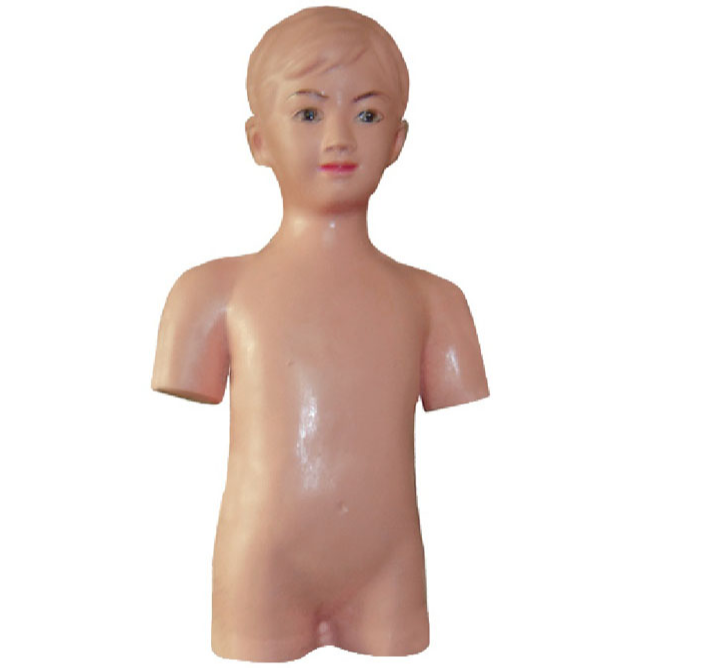13-08-2024
ADA MED SUPPLY LIMITED
In the field of pediatric medicine, thoracic puncture is an important means of diagnosis and treatment, and it is very important for doctors to master its key skills. However, due to the special physiological structure of children and the complexity of clinical operations, direct puncture training on actual children not only has high risks, but also may bring unnecessary pain to children. Therefore, the pediatric thoracentesis training model has become an indispensable tool in medical education and training to help healthcare professionals quickly and safely master this critical piercing skill.

It provides a close to the real operating environment for medical staff to accurately find the puncture point. At the same time, the model simulates the real thoracic structure and physiological response, such as pleural effusion, pneumothorax and other pathological states, so that the medical staff can feel the resistance and feedback similar to the real puncture during the operation. This highly simulated operating experience not only enhances the practical operation ability of medical staff, but also improves their clinical resilience and decision-making ability.
In addition, it has the characteristics of reuse. Unlike real children, the model does not suffer damage or other complications from a single puncture. This means that the medical staff can practice on the model repeatedly until they have mastered the piercing technique. This opportunity for repeated practice allows medical staff to continuously summarize lessons learned, optimize procedures, and improve puncture success and safety.
In medical education and training, the training model of children's chest puncture plays an irreplaceable role. It can not only be used as a basic skill training tool for medical students and interns, but also help them move from theory to practice. It can also be used as a platform for senior medical staff to improve their skills and continue education, to promote them to continue to learn new knowledge and new technologies, and to keep pace with The Times.
In a word, the pediatric thoracentesis training model has become an indispensable tool in medical education and training because of its high simulation and reusable advantages. It helps medical staff to quickly and safely master key puncture skills, and makes an important contribution to improving the level of pediatric medicine and ensuring the safety of children.